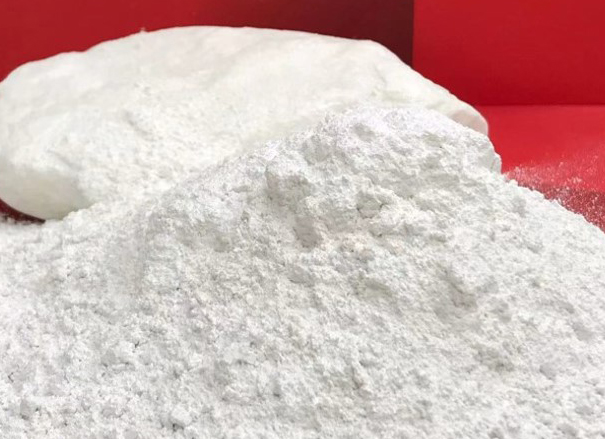HOME>>Product Description(Filler Powder/Filler Masterbatch/Additives)>>Talc Powder

Talc Powder
Description
Talc powder is a white, fine powder with a smooth texture, odorless and tasteless, primarily composed of magnesium silicate. It has a layered structure, low hardness, a high melting point, excellent electrical and thermal insulation, and stable chemical properties. Talc powder also offers outstanding dispersibility, strong oil absorption, and resistance to acids, alkalis, and erosion. It is also not easily soluble in water or dilute acid and alkaline solutions. Due to its excellent lubricating properties, it effectively reduces friction and has less expansion and contraction. As a result, it is widely used across various industrial fields, significantly improving product processability and quality.
Features
✔ Increases product stability
✔ Reinforces the product
✔ Helps control product transparency and hardness
✔ Acts as an antioxidant
✔ Improves surface smoothness and appearance, and helps reduce bubbles
✔ Enhances printability and coating performance, improves surface touch, and reduces static electricity
Applications
Paper Industry: Talc powder significantly improves the whiteness and smoothness of paper, enhancing its surface quality. It also contributes to lower production costs, increasing manufacturing competitiveness.
Paints and Coatings: As a thickener and filler for coatings, talc powder improves rheology and coverage, enhancing surface texture and durability. It effectively extends the coating's lifespan, enabling it to withstand various environmental conditions.
Plastics and Rubber: The addition of talc powder enhances material rigidity and stability. It also improves processing flow, resulting in more durable and reliable products.
Cables and Electronic Materials: As a high-quality insulating filler, talc powder enhances the heat resistance and mechanical strength of cables and electronic components, ensuring long-term stability and safety.
Automotive Modified Plastics: Talc powder enhances the rigidity of automotive plastics and enables thin-wall designs. It also significantly reduces the weight of vehicle components, thereby improving fuel efficiency, lowering emissions, and contributing to both environmental protection and energy conservation.